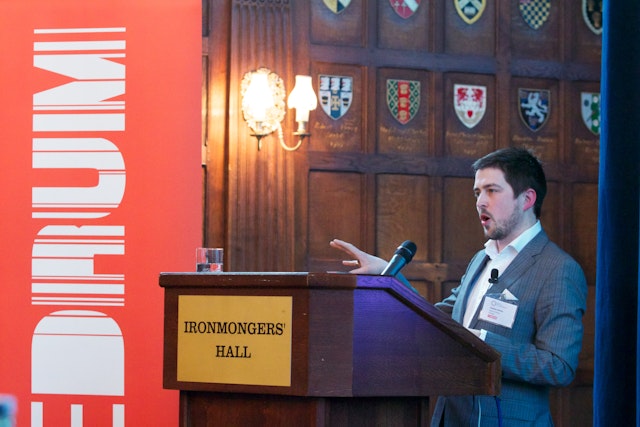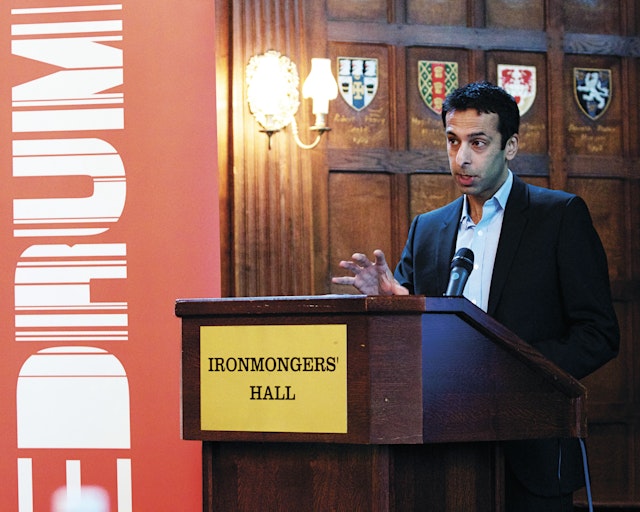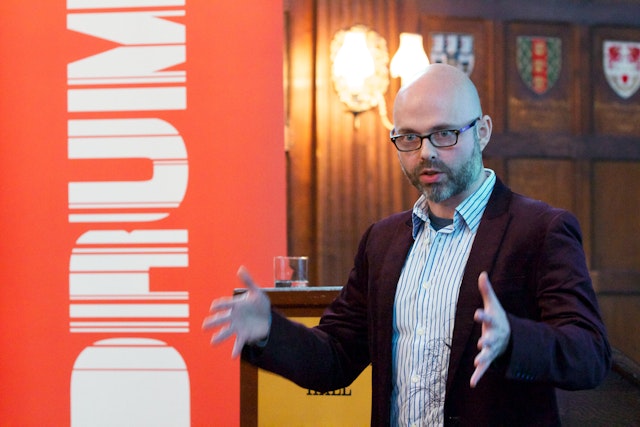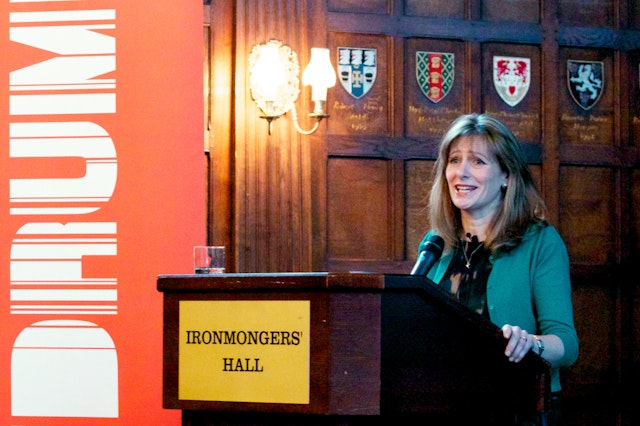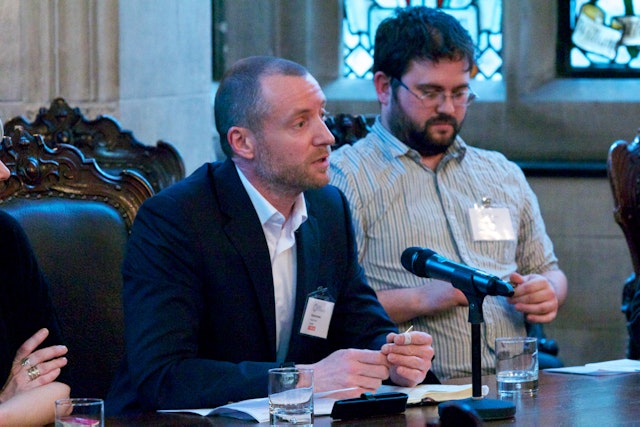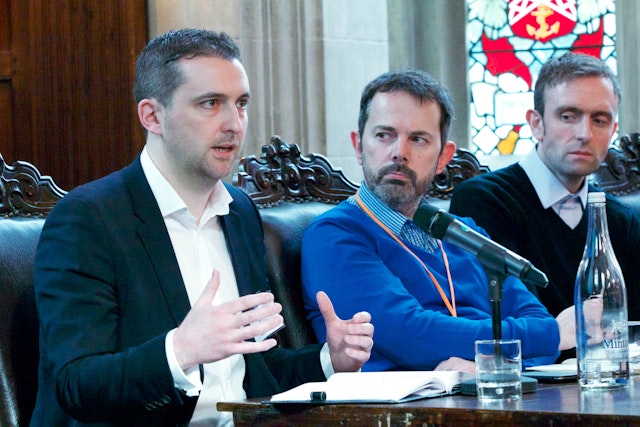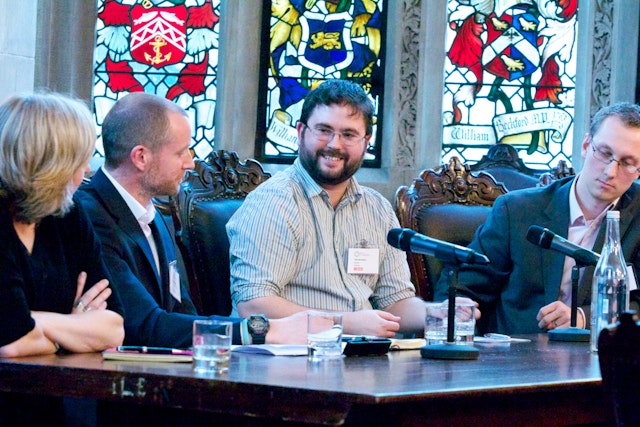From connected TV to big data, the digital soup is keeping brands
on their toes. Here we take a look at the key ingredients as discussed at the recent Digital Convergence conference organised by The Drum.
A broad range of brands, media owners and marketing folk converged in London last week to talk convergence. A diverse crowd, they were drawn from the fashion, television, internet and mobile industries. But after a day of discussion, one senses that these sort of industry demarcation lines will not be as pronounced
in the future as they are today.New technologies are not only blurring the distinction between media channels, but drawing whole industries into a type of digital soup, delegates at the The Drum’s Digital Convergence conference were told.
“Digital and the real world are converging and
it’s being delivered by mobile,” said Stephen
Jenkins, marketing director EMEA for Millennial Media. “The IAB has forecast that there will be
more advertising impressions served on mobile devices than any other medium.“Think about what that means for your brand
and your communications strategy and the effect
that will have on how you connect with people.
Your mobile strategy will no longer be something
you can tack on the end.”But mobile is only one ingredient in the steaming, boiling convergence broth; it is also infused with
a large dose of social media.
Delegates listened to a case study from Smokefree, the anti-smoking charity. Senior campaign manager Anand Amlani discussed how the original social elements of the Stoptober campaign designed to
help people quit were so successful, many were inspired to set up their own Facebook self help groups.As this was the first time the month-long campaign had run, Amlani explained that the brief was to raise awareness and to persuade smokers to quit, using physiological and digital methods which ended up engaging thousands of people over the 28-day period. This included a dedicated website filled
with information that social activity would draw interested parties back to. “This year, people know what the campaign is,
and so we aim to use an enthusiastic group to promote it and share their own success,” said Amlani.
But of course one of the most exciting aspects of all the connectivity is the fact it gives marketers access to vehicles which were once a no-go area. Dave Birss of Addi+ive illustrated the point by talking about advertising within video games and discussing how in two years’ time 80 per cent of TVs sold will
be connected. He described the use of digital billboards being sold by developers to brands within video games and highlighted the burgeoning mobile video game industry, including the use of GPS to include players within a game. One such example was the real-life version of arcade classic PacMan, or PacManhattan as the project was known, that saw users run around the streets of New York, which acted as the maze, with the phone tracking their movements. As well as exotic new ingredients, the digital soup also includes some traditional staples. For example, at one point it looked as though TV itself would be left on the shelf as an old dusty curiosity – like a World War II tin of powdered egg. But in fact, as delegates were told, TV is thriving thanks to the growth of second screen viewing and social media which fuels a need for larger collective social experiences.
According to Thinkbox managing director
Lindsay Clay, TV still has an average viewing rate
of four hours a day, with 90 per cent of viewing live.She likened convergence and television to a sandwich. “It’s made up of three layers,” she explained; distribution technology such as traditional and satellite broadcasting to DVDs, the device that is allowing the content consumption such as desktop, mobile and tablet devices, and the most important part of the sandwich – the content. “That’s what people love. They don’t really
care what device they watch the content on or
what distribution technology brings it to them… People tend to gravitate towards the best screen
at that time to watch TV on.”
Radio, too, is still in the mix, according to Richard Jacobs, head of commercial strategy at Real & Smooth Radio. He pointed out that digital radio (DAB) is taking up increasing listening hours
and is offering the ability to adapt in real-time to listener response. “Very few brands that can do that but we can because we’re a real-time entertainment brand,” he said, citing DJ Simon Bates’s programme as an example.“Simon might put something out to listeners
and we will instantly get tweets and texts in
response and the production team can change
what Simon says based on this feedback.“That makes us, as a brand, really dynamic
by using technology naturally.”
As any five-year-old will tell you, such a rich soup creates its own challenges – particularly if you’re
fussy about what veg you like to focus on. Being faced with such a kaleidoscope of options requires
an understanding of how to manage big data.“If you can get the data, understand the data
and get it into an actionable form then you can do
a lot with it,” stated Marin Software’s Jon Myers. “Being able to understand big data is the key, but you need to be working with platforms that integrate together to help understand it all as no one platform works on its own.”
However, Tom Sainsbury, head of acquisition
for Blinkbox advised that marketers should aim to ignore the issue of convergence and concentrate
on what makes the message simple in order to
reach the consumer.In other words focus on the overall flavour, not the individual ingredients. But what if a brand’s audience doesn’t necessarily wish to interact with a brand, or any brands – then where does a marketer turn?“Indifference is the hardest thing to get over,” admitted Sainsbury. “Some people might not want
to react to something. A lot of people out there just want to be entertained and for brands then that’s
a key thing to do.”Cue the wise old saying – you can lead a customer to soup but you cannot make him sup. Mind you, if he doesn’t fancy soup, what about toast? Delegates were told that in this world of the internet of things, one day you’ll be able to burn messages on to your target audience’s toast via their toaster. There will
be no escape from technology.The Drum’s Digital Convergence conference was organised in partnership with Marin Software, Enthuse.me, Make It Rain, Millennial Media, Five
By Five and Ipsos ASI.
